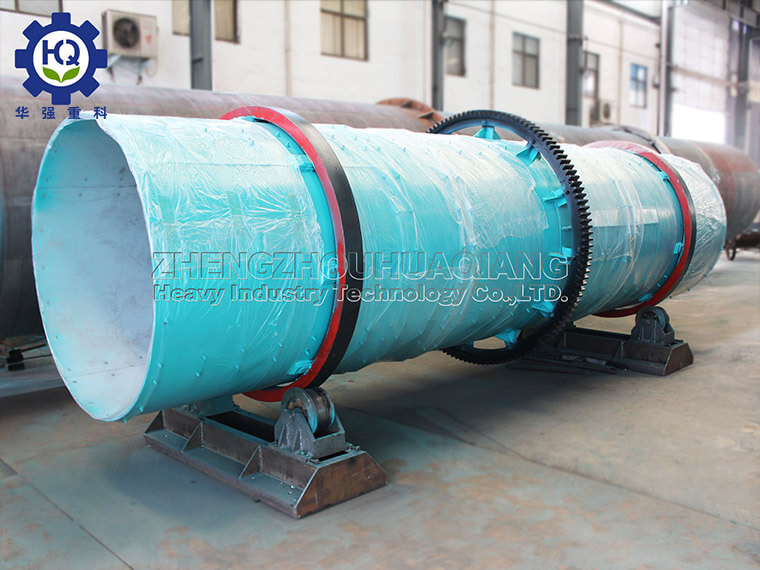China is a large agricultural country, with an effective land planting area of more than 3.1 billion mu, requiring a large amount of Manure. With the rapid development of the social economy, people’s understanding and requirements for organic and green food are gradually increasing, and the development of organic agriculture and ecological agriculture is also gradually strengthening. At present, the proportion of organic agriculture in more developed countries has reached about 30%, while organic agriculture in China is still in its infancy. At present, China tends to produce Manure, focusing on the development of organic agriculture.
The cow dung processing Organic fertilizer production line process uses crops such as straw and rice bran as filler, and then sprinkles biological bacteria agent, which is decomposed and fermented by a composter. It is turned and thrown once every 1-2 days. Generally, it can be fully decomposed in 7-10 days to make national+standard Organic fertilizer.
Fermentation process of processing Manure with fresh cow dung as raw material
1. Water control of cow dung Manure raw materials: when fermenting cow dung, the water control content should be 40% -65%. The method of judgment is to tightly grasp a piece of material with your hand, see water between your fingers but do not drip, and the material will disperse into a perfect state upon landing. During fermentation, if there is less water, the fermentation will be slow, and if there is more water, it will affect the ventilation of the material. Therefore, we must control the water content well.
2. Control of fermentation temperature of cow dung Manure: the initial temperature of cow dung Manure raw material fermentation can be controlled above 15 ℃, which is more appropriate (it can be operated in four seasons, not affected by seasons, and it is better to ferment indoors or in greenhouses in winter), while the temperature rise of material fermentation should be controlled below 70-75 ℃.
3. Oxygen supply measures for cow dung Manure: aerobic fermentation is required during cow dung fermentation of Manure raw materials, so we need 2-3 days to use Manure production equipment to flip during fermentation to achieve the purpose of oxygen supply. If this situation is not taken seriously, it may lead to anaerobic fermentation and produce a foul odor, thereby affecting the fertilizer effect.
4. The fermentation time of cow dung raw materials: the fermentation of cow dung Manure raw materials generally rises to 50~60 ℃ after 48 hours of stacking, and can reach more than 65 ℃ on the third day, while the fermentation of the whole raw materials is completed within 15-30 days. When the materials appear dark brown and white hyphae appear on the surface, the fermentation has been completed.
.jpg)
.jpg)
.jpg)
.jpg)

.jpg)

